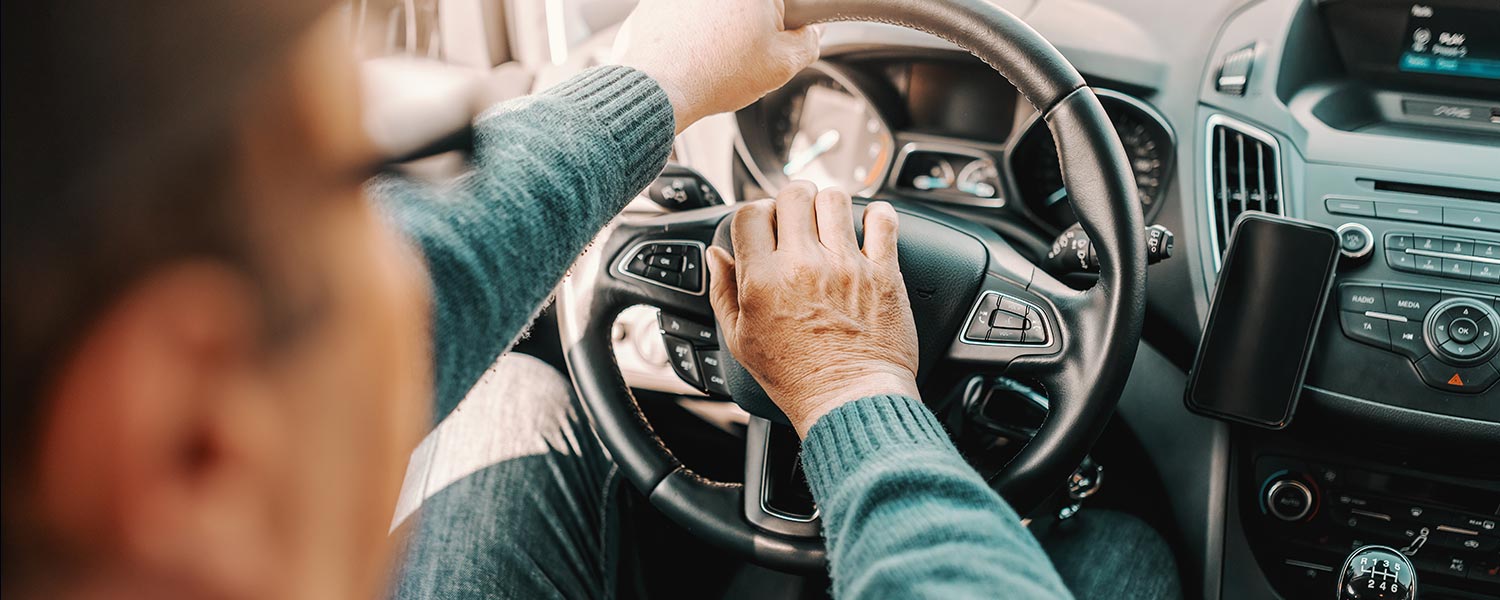One Car Accident, Three Collisions
Knowing these three types of collisions is important as each one typically entails different risks and damages.
All Articles
Posted: 02/08/2019
Motor Vehicle Accident

While most people think a car accident involves a single crash between a vehicle and an object or vehicle, such accidents actually involve three distinct collisions. Knowing these three types of collisions is important as each one typically entails different risks and damages. Should a vehicle accident lead to legal action or an insurance claim, knowing the elements of the three collisions in a crash is essential.
The First Collision
The first collision in a car accident is the collision between the vehicle and the other object in the crash. For example, if a driver falls asleep at the wheel and veers off the road into a tree, the first collision would be the vehicle's impact with the tree. This impact results in damage to the vehicle and the object the car hit. This could be another vehicle, a building, a traffic sign, or any number of other objects.
The first collision generally determines how much damage occurs in the subsequent two collisions. When a vehicle hits a tree or other object, the car's frame will crumble to absorb as much of the force of impact as possible. This helps distribute the crash force through the construction of the vehicle, hopefully sparing the vehicle's occupants from severe impact forces.
The Second Collision
The second collision that occurs in a traffic accident is the human collision. The occupants of a vehicle involved in a crash will sustain a collision with the interior of the vehicle in some capacity. For example, if one driver rear-ends another, the leading driver may suffer an injury from violently hitting his or her steering wheel. The second collision most commonly results in surface wounds and external injuries.
Flying objects inside the vehicle can also play a role in second collisions. Small objects like smartphones, pens, or other personal items may fly about the cabin, causing severe injuries upon human impact. It is always best to stow any luggage or other items you take in your car in the trunk. If you must carry items in your passenger area, the best place for them is behind the driver's and passenger's seats.
Related Articles
- How to Survive Winter Driving in Montana?
- What Is Cognitive Distraction While Driving?
- Tips For Minimizing Cognitive Distractions While Driving
- Is Whiplash Considered A Serious Injury?
- Is There A Motorcycle Helmet Law in Montana?
- What Are Some Tips for Safe Driving In Severe Montana Winters?
- What Do You Do If Your Car Is Sliding On Ice?
The Third Collision
The third collision in a traffic accident is the internal collision inside a vehicle occupant's body. The occupant's internal organs will move toward the point of impact, potentially colliding with other structures in the body and sustaining damage. For example, car accidents often result in concussions, which happen when the brain strikes the inside of the skull after a forceful impact. Third collisions most commonly result in internal organ damage that can easily turn deadly.
During a traffic accident, all three of these collisions occur in about seven-tenths of one second. Many emergency responders arrive at accident scenes to find victims unresponsive or dead with little to no outward sign of injury. This most often occurs due to severe third collision injuries to the internal organs such as the brain, heart, and other vital organs.
Total Possible Damages in a Car Accident
The three collisions in any vehicle accident can lead to various damages. Most car accidents involve property damage to vehicles and other property involved and serious injuries to the vehicle occupants involved in the crash. Collisions that occur at higher speeds have a greater chance of causing severe or fatal injuries, and vehicle occupant behavior may also influence the results of any given accident. All vehicle occupants should wear their seatbelts properly for every trip. This helps to ensure a more even distribution of crash forces on occupants' bodies. Drivers can also help prevent accidents by driving defensively and driving at appropriate speeds for conditions, staying to the right whenever possible, passing with care, and using turn signals whenever necessary.
Sign Up for More!
Join our community and subscribe! Sign Up for Exclusive Legal Articles and Resources.